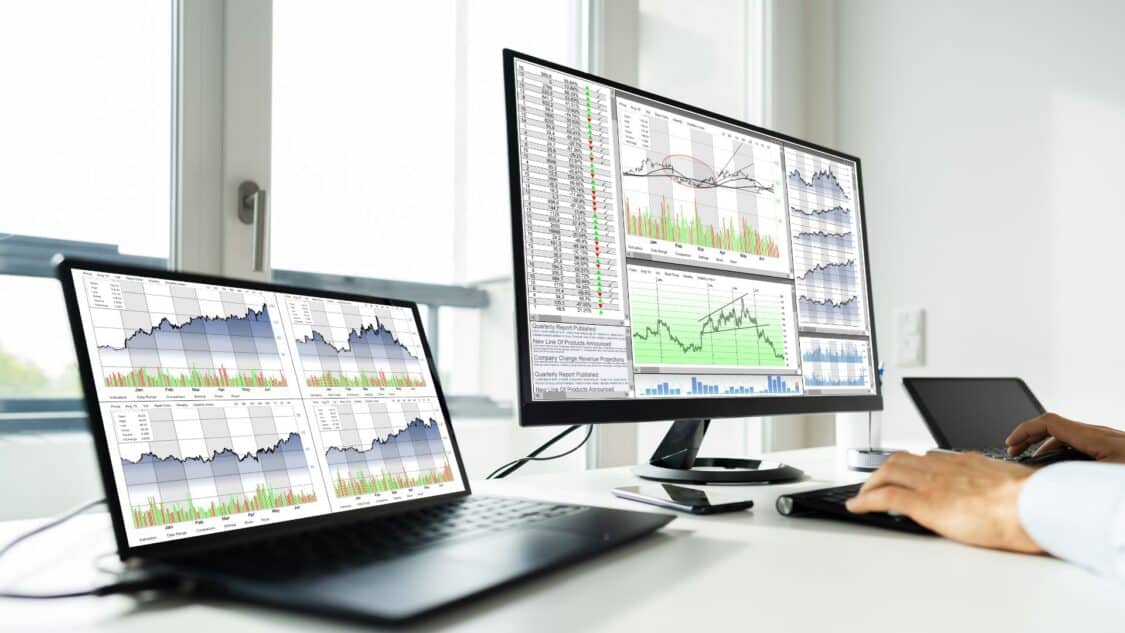Arbitrage trading is the closest a trader can get to some level of guaranteed profit. Arbitrage trading is a strategy in which the trader aims to generate profit simultaneously. For example, buying an asset in one market and selling it in another market. This is most often done for assets that are identical but are being traded on different exchanges. The price difference between these two assets should essentially be zero. Meaning to say the price should be the same because the only difference they have is being in different exchanges.

The challenge these traders experience is searching for the price differences which goes hand in hand with being able to trade them in due time. Arbitrage traders need to complete these trades quickly because other arbitrage traders are on the lookout for the price differences as well. This leaves a small window of time to complete the trade.
In addition to the small-time span for these traders, they also tend to be low risk. This usually means returns are low as well. Not only do they need to act fast but they need a fair amount of capital to make their trades worth it.
What types of arbitrage trading exist?
Exchange Arbitrage
The first type of arbitrage trading we’ll be discussing is exchange arbitrage trading. This is where buying and selling is implemented. A trader will buy the same crypto asset in one exchange and goes to sell it in another exchange.

If you’ve paid attention crypto prices can change quickly. Looking at the same asset from two exchanges the prices most often don’t stand at the same level. These differences are there for the profit and this is where arbitrage trading comes in. These traders aim for small differences to gain profit. Their efforts also affect the underlying market, making it more efficient. You might be wondering why? Because of their efforts in searching for the differences in the markets the prices stay contained in the different trading venues. On that note, these traders look at market inefficiency as an opportunity.
Let’s look at an example of this method of trading. Say there’s a price difference between Bitcoin, Binance, and any other exchange. An arbitrage trader would buy bitcoin via the exchange that shows the lowest price and will sell it on the exchange with the higher price. Of course, what comes as the most important is the timing and when the trader executes the trade.
Funding Rate Arbitrage
This is when a trader purchases a cryptocurrency and hedges its price movement with a futures contract in the same cryptocurrency with a funding rate lower than the cost of purchase.
For example, let’s say somebody owns Ethereum but because of the price volatility they are interested in hedging. The first thing they have to do is sell a futures contract for the same amount of money as the Ethereum investment they have. Let’s assume that the funding rate for the contract is 2%. That means you’d gain 2% just for holding Ethereum, with no risk of losing money due to price fluctuations, resulting in a successful arbitrage opportunity.
Triangular Arbitrage
Another form of arbitrage trading is known as triangular arbitrage. This is when an arbitrage trader is working with three different cryptocurrencies. He notices a difference in pricing between the three currencies in the financial markets and aims to trade them for one another in a loop. The whole idea of triangular trading is the cross-currency price discrepancies it offers.

You could, for example, use your BNB to buy Bitcoin, then Ethereum, and then buy BNB back with Ethereum. The only time an arbitrage opportunity occurs is when the value between each other currencies doesn’t match.
The Risks
While this type of trading is generally known to be low risk that doesn’t come to say that there is no risk involved. Trading as a whole is known to be a risky world.
The risk that is the most associated with arbitrage trading is execution risk. When the spread between prices closes before you can complete the deal, you’ll end up with zero or negative returns. This is most often due to a few reasons, whether it be slippage, high transactions, volatility, etc. Another common risk is liquidity. When there is not enough liquidity for you to navigate between markets you need to trade in order to finish the arbitrage trade.
If you’re trading leveraged instruments, such as futures contracts, you might face a margin call if the deal goes against you. As is customary, appropriate risk management is essential.

Conclusion
Trading Arbitrage is a great method of low-risk trading. It can get you profitable trades in very little time. Although the risk should not be overlooked, just like any form of trading includes risks.
What is scalping trading in cryptocurrency?(Opens in a new browser tab)




